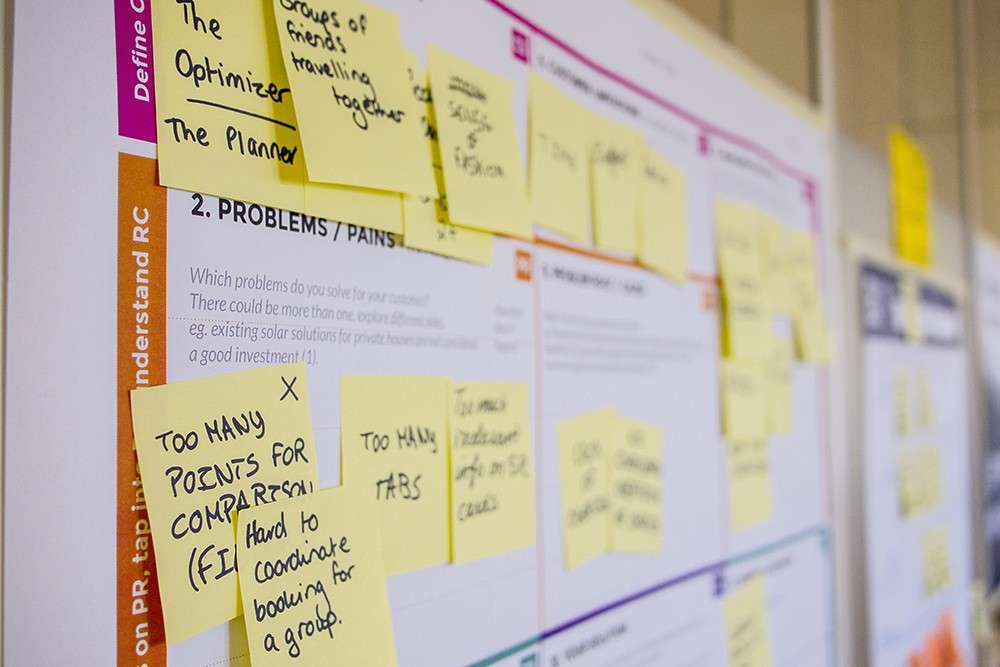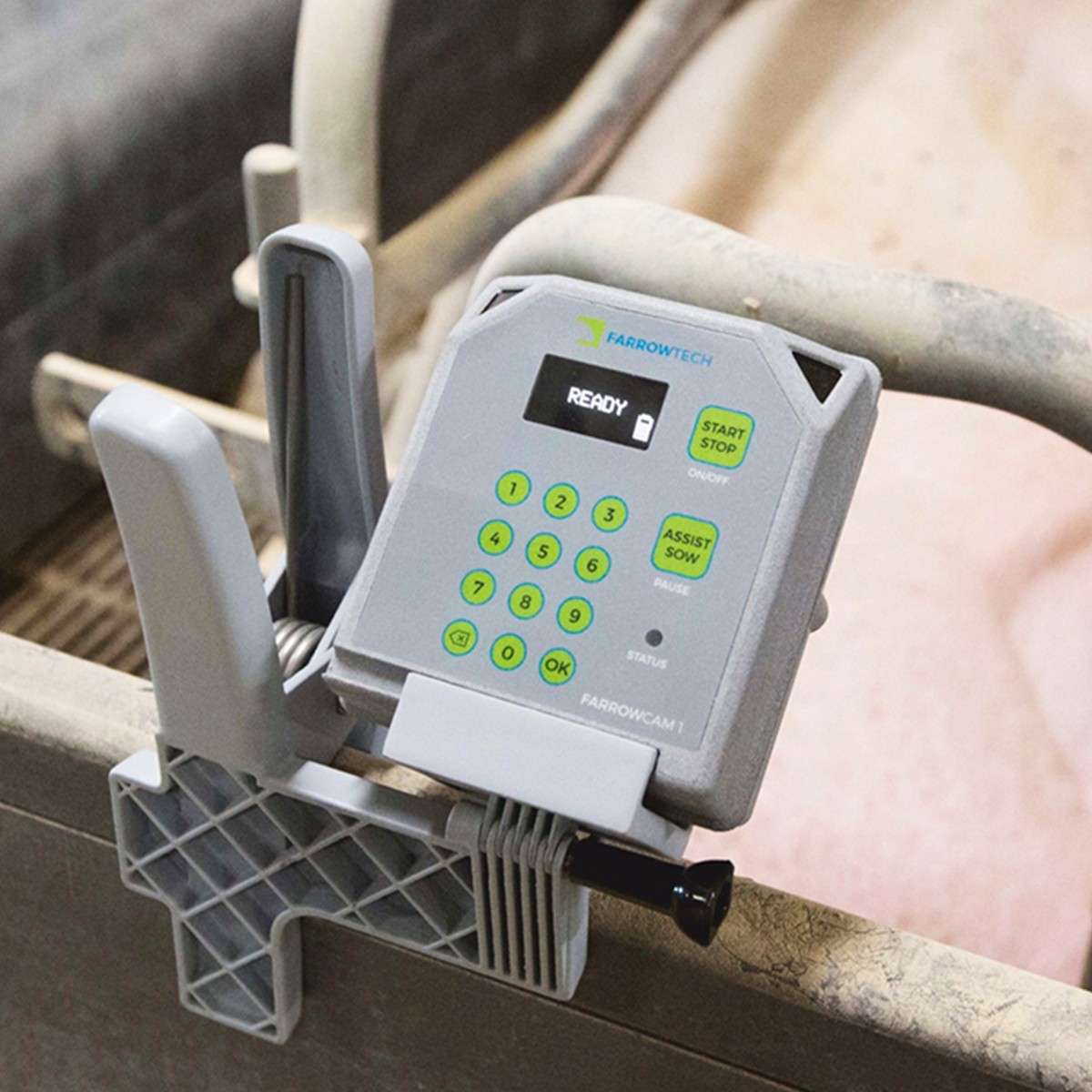Machine Learning
Machine Learning allows you to predict trends and patterns via an algorithm in the computer that doesn't need to be supervised by an employee.

What is machine learning?
One of the current hot topics can be summarized as "applied statistics." In other words, the use of technology to "teach" a program to identify patterns in data. Sometimes this is to teach the machine how to perform known tasks, and other times it is to reveal connections between data that were not immediately clear. Machine Learning often sounds futuristic, but it is already widely used today for many concrete tasks.
Machine learning is widely used for various purposes such as image recognition, self-driving cars, or predicting maintenance needs for wind turbines. It is also commonly used for practical applications such as determining where intranet documents should be stored. This technology is no longer considered rocket science and its widespread use is a testament to its effectiveness. The biggest challenge with machine learning is actually finding the appropriate data sets that the program can learn from. There are multiple methods within machine learning, each of which are well-suited to specific tasks.

How does machine learning work?
In the past, a computer required very precise instructions in order to solve a given task. Today, we can use machine learning to teach a computer how to learn to solve a task on its own. The programmer's role is to identify the statistics and algorithms that are necessary for the computer to learn how to identify a pattern. The advantage of machine learning lies in the fact that as soon as the computer can predict a pattern in some data, it can very accurately predict, for example, an upcoming production downtime, if a device needs servicing, etc.

How does a machine learning project progress at Iterator IT?
A large part of machine learning is determining if one's assumptions are correct. Therefore, a machine learning project at Iterator IT always starts with an investigation phase where we prove the case. The output here can be a visualization or just documentation of what we set out to do and that it was possible to do so and yielded the desired insights.
We often timebox the pre-project and set aside, for example, 2 weeks, so there is a limit on the research phase duration. This way, there is nothing that suddenly deviates from the time aspect.
How do we create value for you
It's important that an IoT solution starts with concrete needs and use cases. It's not crucial to have a full business plan to start, but it's a good idea to have a vision of where you want to go. The solution must of course be based on a concrete need, but during a project, you will become much wiser and clearer on where you get the most benefit.
By having an IoT development house like us help you with your IoT solution, you will have expert eyes on your project at all times. We are up-to-date on all the latest developments in the field, and we will therefore also be able to develop, advise and guide the project from start to finish, with the latest knowledge in hand. IoT can provide large long-term savings and you can see immediate improvements in your business as soon as your solution is implemented.

Machine Learning case
Here is an example of one of our machine learning projects. For this project, we had our ML specialist onsite at FarrowTech to work with training materials and machine learning.
